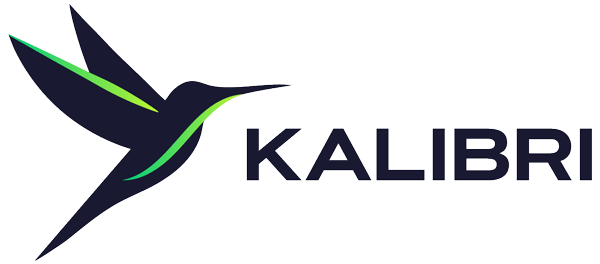If you are building your 2026 budget right now, you know the process. Revenue forecasts, staffing plans, CapEx, and marketing spend all get reviewed in detail. What often stays buried are the fees tied to distribution: OTA commissions, loyalty contributions, brand reservation costs, and GDS fees. They are significant, and they are rising.
These costs are not easily pulled into their own line on the P&L, but they still need to be understood and planned for. Hoteliers who account for channel costs in their forecasting protect profit margins and give owners a clearer picture of asset performance.
Why this matters in this budget cycle
Revenue growth alone does not guarantee stronger returns. A hotel can hit its RevPAR target and still miss profit goals if most of the growth came through high-cost channels. Industry research, including Kalibri’s COPE (Contribution to Operating Profit and Expense) framework, shows that contribution to profit is the truer measure. That starts with knowing what it costs to generate each booking.
OTAs typically charge commissions in the 15%-25% range, and brand program costs have increased as loyalty bases expand. Participation in visibility programs or discounted rates can raise the effective cost even higher. Without a way to track and anticipate these expenses, hotels risk being surprised when distribution fees cut into forecasted profit.
Options for surfacing channel costs in the budget process
Since most hotel accounting systems are not set up to create a new line for distribution, here are practical alternatives:
- Use a Planning Worksheet Alongside the Budget
Build a parallel model that applies expected commission rates and brand fees to your projected channel mix. This does not change the budget template but gives you and your ownership group visibility into expected costs. - Incorporate COPE Metrics into Reviews
Even if the budget itself reflects only gross revenue, track COPE revenue and COPE RevPAR in your ongoing reporting. This helps keep focus on contribution without needing to alter official budget lines. - Flag Key Assumptions in Budget Notes
Many brands and management companies allow explanatory notes with budget submissions. Use this space to outline expected OTA share, loyalty contributions, or GDS costs. It creates alignment on assumptions without changing the P&L format. - Set Targets on Net Contribution, Not Just RevPAR
Layer COPE-based KPIs into internal performance goals. A team may celebrate RevPAR growth, but COPE RevPAR highlights whether that growth was profitable.
The risk of ignoring channel costs
If channel fees are left out of planning, you may:
- Miss margin targets even when revenue grows.
- Be caught off guard by spikes in commissions or brand program costs.
Over-invest in channels that deliver volume but not contribution.
In a season where owners and investors are pressing for clarity, ignoring these costs creates unnecessary risk.
Practical next step for this year’s budget
You do not have to overhaul your chart of accounts to bring channel costs into the conversation. Start by creating visibility: a worksheet tied to your forecasted mix, COPE metrics in your reviews, and clear assumptions in your budget notes. These simple steps help you anticipate expenses, set realistic targets, and keep the team aligned on profit instead of just revenue.
From hidden cost to managed expectation
Third-party platforms will remain a key source of demand. The goal is not to eliminate them, but to understand the expense and make sure it is part of the plan. By surfacing channel costs in planning tools, notes, and COPE reporting, hoteliers can manage expectations, protect margins, and present a clearer profit story to owners.
Ready to see how channel costs affect your bottom line?
Kalibri makes it easy to track COPE revenue and COPE RevPAR so you can budget with profit in mind, not just revenue. Schedule a demo to see how our platform brings channel cost visibility into every forecast and performance review.

